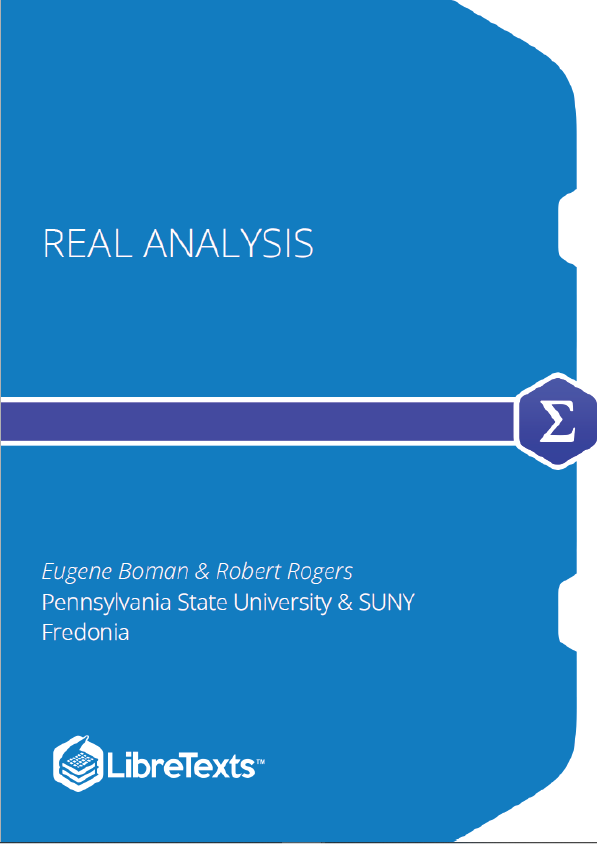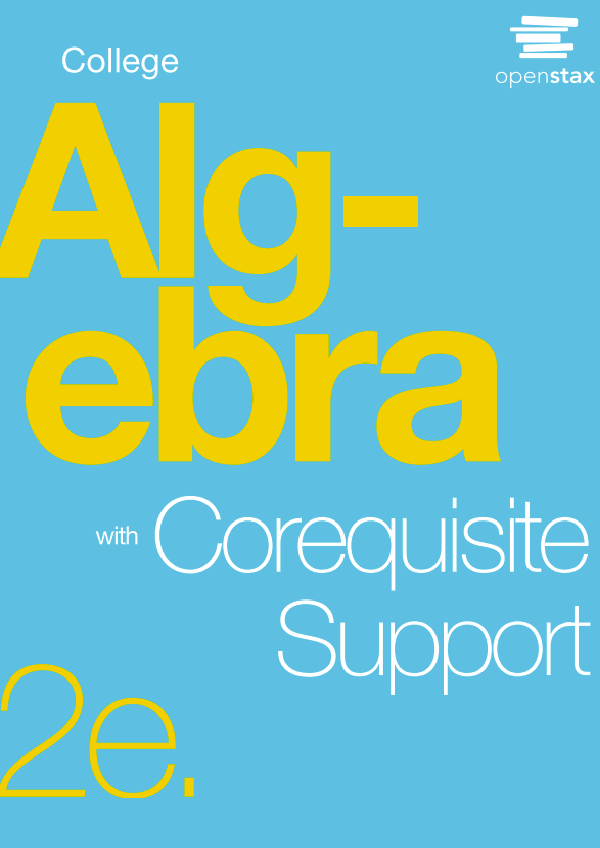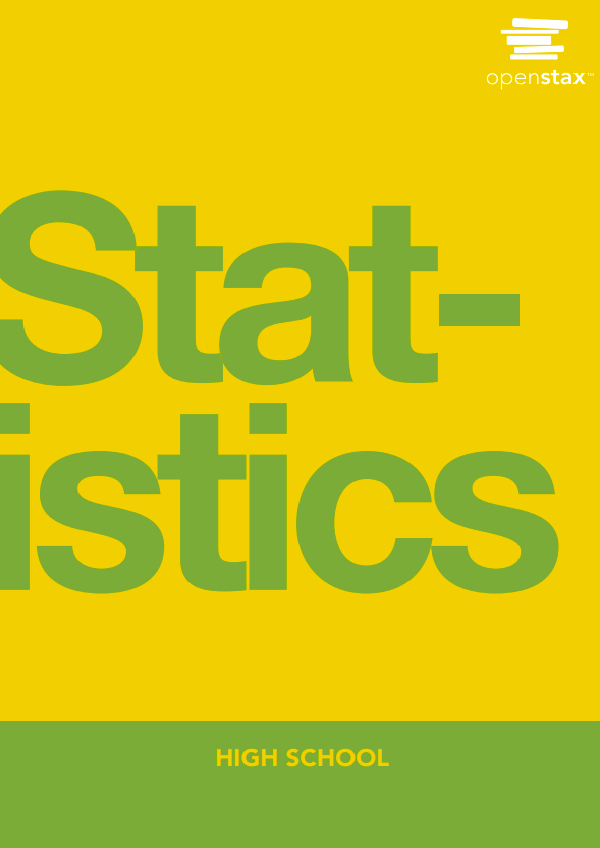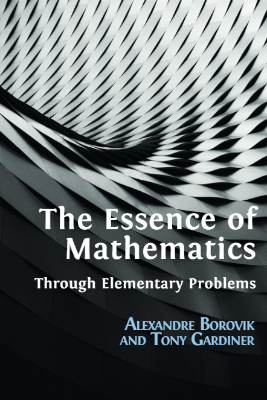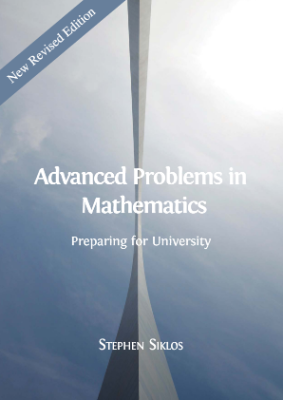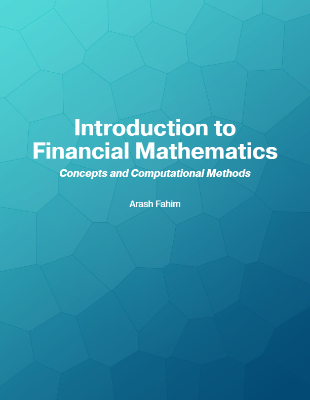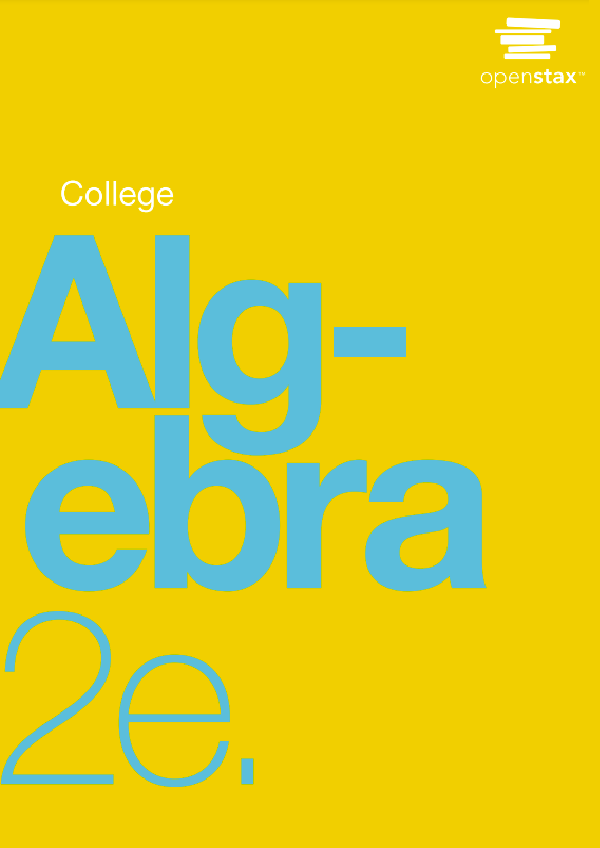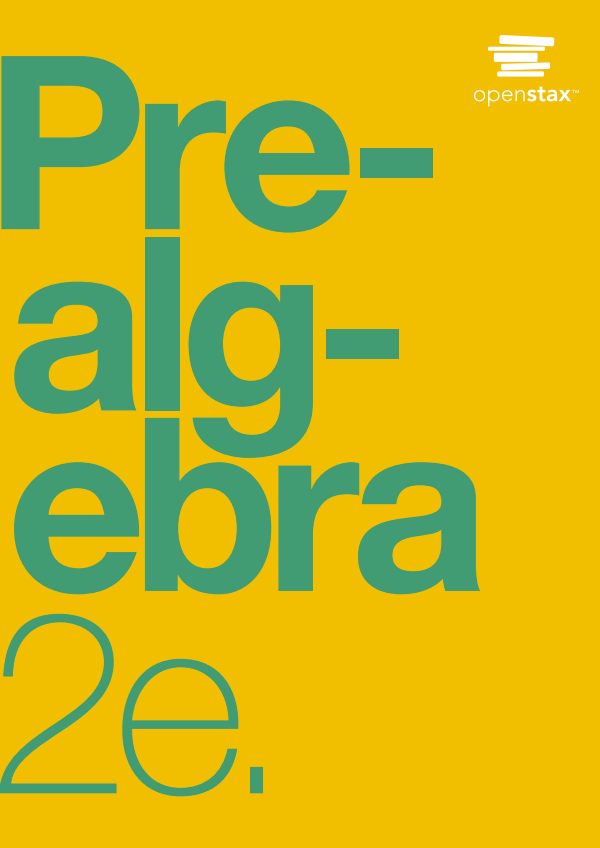The typical introductory real analysis text starts with an analysis of the real number system and uses this to develop the definition of a limit, which is then used as a foundation for the definitions encountered thereafter. While this is certainly a reasonable approach from a logical point of view, it is not how the subject evolved, nor is it necessarily the best way to introduce students to the rigorous but highly non-intuitive definitions and proofs found in analysis. This book proposes that an effective way to motivate these definitions is to tell one of the stories (there are many) of the historical development of the subject, from its intuitive beginnings to modern rigor. The definitions and techniques are motivated by the actual difficulties encountered by the intuitive approach and are presented in their historical context. However, this is not a history of analysis book. It is an introductory analysis textbook, presented through the lens of history. As such, it does not simply insert historical snippets to supplement the material. The history is an integral part of the topic, and students are asked to solve problems that occur as they arise in their historical context. This book covers the major topics typically addressed in an introductory undergraduate course in real analysis in their historical order. Written with the student in mind, the book provides guidance for transforming an intuitive understanding into rigorous mathematical arguments. For example, in addition to more traditional problems, major theorems are often stated and a proof is outlined. The student is then asked to fill in the missing details as a homework problem.
The typical introductory real analysis text starts with an analysis of the real number system and uses this to develop the definition of a limit, which is then used as a foundation for the definitions encountered thereafter. While this is certainly a reasonable approach from a logical point of view, it is not how the subject evolved, nor is it necessarily the best way to introduce students to the rigorous but highly non-intuitive definitions and proofs found in analysis.
The set of real numbers (denoted, ) is badly named. The real numbers are no more or less real – in the non-mathematical sense that they exist – than any other set of numbers, just like the set of rational numbers (Q), the set of integers (Z), or the set of natural numbers (N). The name “real numbers” is (almost) an historical anomaly not unlike the name “Pythagorean Theorem” which was actually known and understood long before Pythagoras lived.
When calculus was being invented in the 17th century, numbers were thoroughly understood, or so it was believed. They were, after all, just numbers. Combine them. We call that addition. If you add them repeatedly we call it multiplication. Subtraction and division were similarly understood.
It was (and still is) useful to visualize these things in a more concrete way. If we take a stick of length and another of length and lay them end-to-end we get a length of . This is addition. If we lay them end-to-end but at right angles then our two sticks are the length and width of a rectangle whose area is . This is multiplication.
